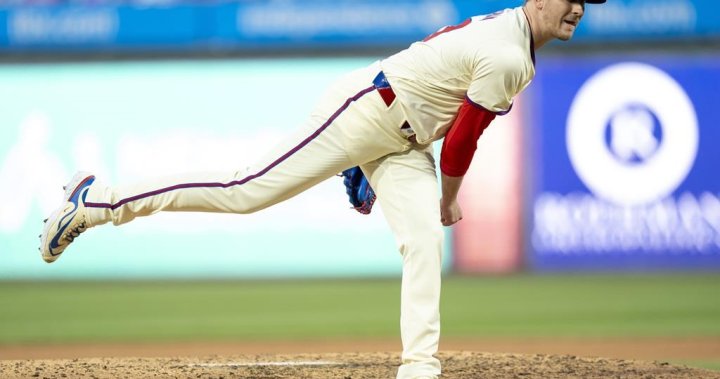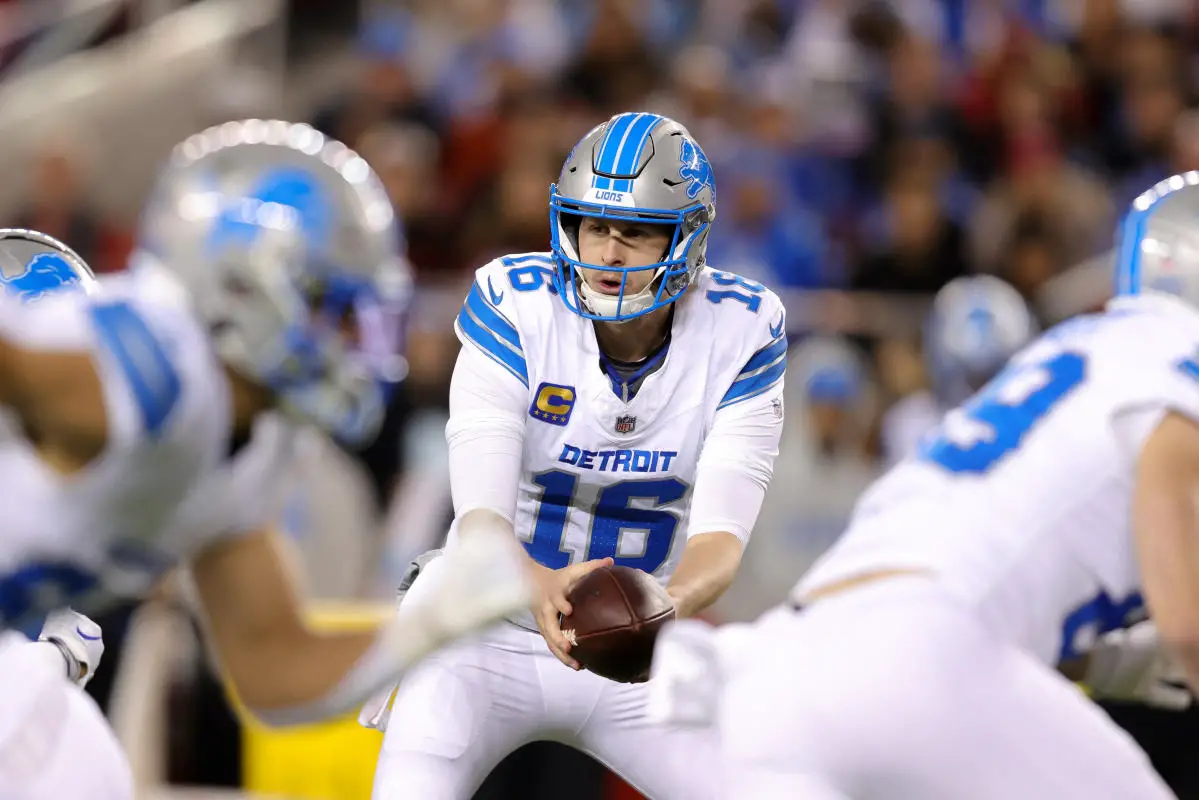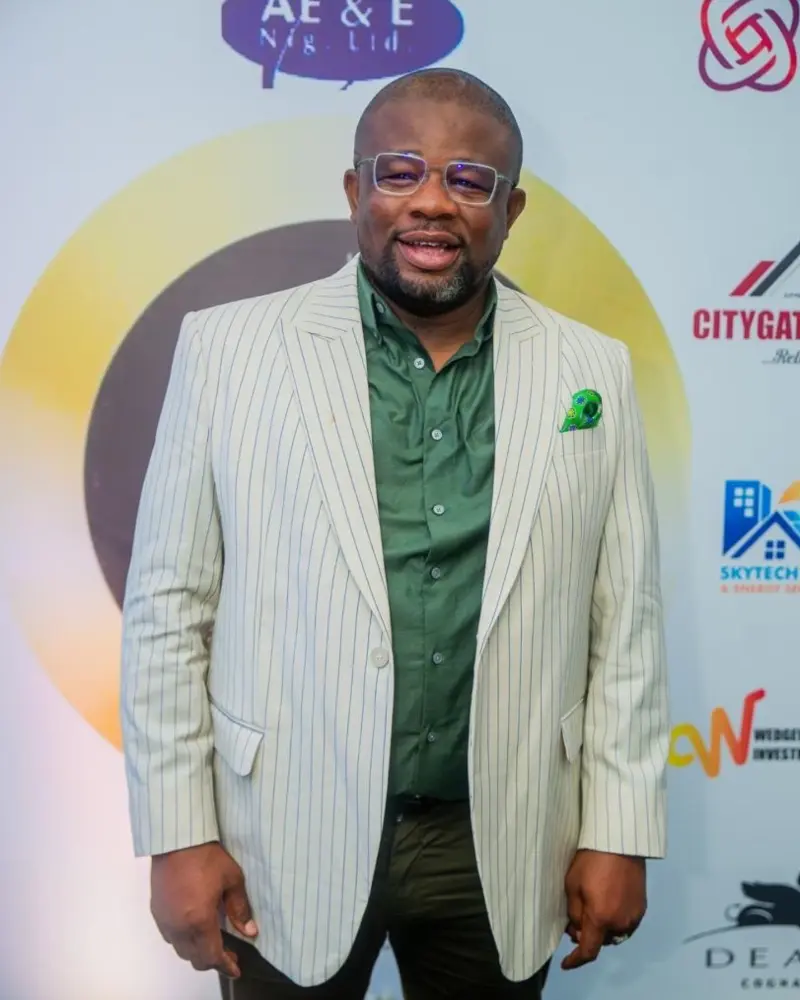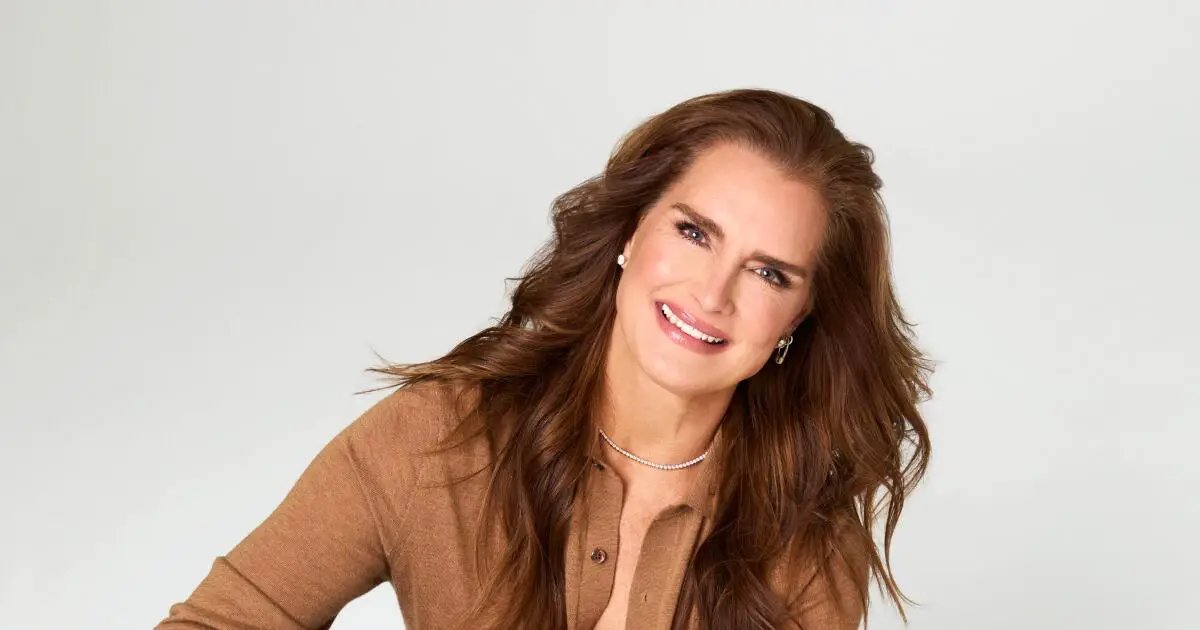Towards the end of the 19th century, women in Paris began sewing hairs on to their eyelids. The Dundee Courier detailed the procedure, which began with rubbing the lower lid with cocaine before running a fine needle threaded with hair from the head, “through the extreme edges of the eyelid… leaving its hair thread in loops of carefully graduated length”. Long lashes had been fashionable by then for some time, a symbol of youth and innocence, and by the early 20th century a thriving industry in false lashes had emerged. “When a fair young thing looks at you mistily through her long, curling lashes, do not fall for it until you investigate,” warned one columnist in 1921. “The long, curling eyelashes may not be hers, except by right of purchase.” Last year the global eyelash extension market was valued at $1.66bn, expected to double by 2032, and industry trade body Beauty Guild estimates that 129,000 lash treatments are carried out every week in the UK, making them the most popular salon service in the country.
I’m thinking about the Parisian cocaine girls bleeding from their eyelids as I approach the west London studio of Camilla Kirk Reynolds. She is on the shortlist of recommended lash technicians I’ve compiled from beauty editors and lash devotees, asking whose lashes last longest, who can offer both a naturalistic lift and a Bambi-like visor, who can make me look, please, alive. I ring on the bell and am shown through a quaint bookshop, downstairs to where she shares treatment rooms with psychoanalysts. The bookshop, Camilla explains lightly, is a front, their shared visitors preferring not to be seen seeking therapy, beauty or otherwise.
I have arrived here after the sore realisation that eyelashes thin and shorten as we age, having looked in the mirror one morning and gasped at the pinpricks where eyes had once been. I bought mascara. I bought lots of mascara, thickening mascara, lengthening mascara, mascara with a special little swivel thing that allowed one, in theory, to adjust the density of the wand. It was fine, for a while.
Lashes are seen as such a basic shortcut to femininity that their presence is the only physical difference between Mickey Mouse and Minnie. They signify girliness so directly that motorists can buy large plastic lashes for £5.99 to stick to their headlights to turn their masc cars femme. But there are layers to their meaning. Dr Liza Betts, researcher and senior lecturer in cultural and historical studies at London College of Fashion, UAL, says we can see a clear shift in how lashes have been used in mainstream film and visual culture. From Jean Harlow in Dinner at Eight (1933), where the lashes expressed vanity, to Malcolm McDowell in A Clockwork Orange (1971), illustrating sadism, to Madame Medusa in Disney’s The Rescuers (1977), criminality and greed, to Hunter Schafer in HBO’s Euphoria (2019), where lashes helped challenge gender binaries and fans in their millions copied them using online tutorials. Despite the simplicity of their symbolism, they can tell a hundred different stories.
In 2018, the Business of Fashion predicted that mascara was “losing its relevance’”, its growth slowing due to the increasing popularity of lash treatments such as lifts, extensions and tinting. Now, the use of false lashes spans ages, genders and social class. And, too, politics – in the same recent news cycle, pictures of a grandly lashed 54-year-old Melania Trump sat alongside those of a 25-year-old protester arrested in Clacton-on-Sea for throwing a milkshake over Nigel Farage while wearing Russian Volume extensions. “Russian lashes” – large, soft and dramatic, where little fans of extensions are glued to each lash – “have as much to say about the system of patriarchy as they do about class,” says Betts. For women and girls in lower socioeconomic groups, often devalued in almost all areas of life, their appearance becomes the site where they have agency. “This is why such attention is paid to appearance and trends can become supersized, as they hot-house a sense of value.”
In 2020, a series of “chav” Instagram filters imposed slug-like brows, ashy contouring and exaggerated lashes on users’ selfies. On TikTok, “chav” makeup tutorials using comical bronzer and massive lashes were taken down after people objected to their class-based discrimination. The way these kinds of false lashes are thought of in mainstream culture, says Betts, “communicates something about the gatekeeping at play in social relations where the symbolic economy of taste is still employed to manage boundaries.” She adds, however, “I think this is much more about the legacy of the continuing patriarchal system, whereby women’s value remains connected to their appearance and, of course, this is underpinned and informed by capitalist economics, which encourages us to consume in one way or another – in this case as a way to improve, embellish, decorate – as whatever we do is never enough.”
One day, I decided to invest in a tube of lash growth serum. These are products that contain bimatoprost, a substance that has some hormone-like effects in animals. It’s a product designed to extend the active phase of the lash growth cycle, which can make the lashes grow longer, increase the size of the base of the hair (so the lashes can appear thicker) and stimulate the production of melanin, so the lashes can appear darker. Lockdown and its various anxieties drove a demand for at-home grooming products like this. In 2020, the global eyelash serum market was valued at $752.10m and is projected to reach $1.3bn by 2031, which I guess is more than a penny a lash.
According to the American Academy of Ophthalmology these serums were discovered almost by accident – glaucoma patients using a drug called Lumigan discovered their lashes were getting darker and thicker, so bimatoprost was subsequently used as a key ingredient to make a drug for people who needed to grow eyelashes. As I applied the nightly serum, I remembered the description, by philosopher Clare Chambers in her book, Intact: A Defence of the Unmodified Body, of “shametenance” – all the things we do (like applying “natural makeup”) that contribute to the idea that our unmodified bodies are shameful, that even our ageing eyelids must be fixed. But still, I persisted. It was working. And then one night I had a terrible dream that my eyelashes had grown too long. They were like a dark black fringe, blinding me, and I woke in a sweat. Shortly after this, I started to read about experts warning of potential side-effects linked to eyelash growth serums, including “a permanent change in eye colour”, dark circles under the eyes and “a sunken effect”.
At this point my lashes had grown longer, definitely longer, but also spidery and fine, and the warnings had wobbled me, so I stopped using the serum and accepted an invitation to visit Camilla Kirk Reynolds. On the way through west London I pass two standalone “lash bars” and, in a fashion boutique, a glittering display of stick-on lashes the length almost of a thumb. Across the UK, around 9m lash treatments are carried out every week. “When I was younger, no one had lash enhancements,” says Millie Kendall, CEO of the British Beauty Council, but, “social media has made the techniques used in other countries accessible here and the technology to enhance lashes is so much more advanced.” On one beauty booking app, she says, “The amount of brow and lash treatments went from approximately 30,000 to 115,000 in three years. So, demand is high and technicians are needed, and post Brexit we struggle to fill these roles.”
Lashes have become big business, with women increasingly training to be lash technicians as a side hustle. On TikTok and YouTube, nurses talk animatedly about supplementing their income by becoming technicians, with one-day lash courses competing for attention online. Once qualified, technicians typically start charging about £50 for extensions, rising to about £150. Camilla, however, charges almost £600 for her Longevity Method lashes, and still she’s booked up months in advance. She found herself so in demand that she trained her husband as a technician, who left his job as a fighter-jet engineer to join her company. She’s terribly discreet about her clients, but allows, “If you saw the royal wedding a few years ago, then you saw my lashes.” Originally a makeup artist on film sets, she finds work through word of mouth, but says clients can be remarkably withholding about passing on her number, more so even than they are “about who does their Botox”. The thinking being, her skills are too precious to share.
after newsletter promotion
An amateur, I keep my contact lenses in as she applies my new lashes, which means I spend the next week red-eyed and squinting. But as the days pass, people’s awkward grimaces when they see me become compliments, first referencing the false lashes themselves, eventually, as “shedding” occurred, that I look “well-rested” and, once, even “pretty”.
The lashes lasted almost three months, in which, for the first time in decades, I barely wore any other makeup. When they finally fell out, I emerged a convert. Mascara would no longer suffice. I asked around again, this time for a more affordable technician and was guided to the tiny east London studio of Asma Docrat.
Docrat sends me a video from the technician’s point of view, applying thousands of fine synthetic lashes with two pairs of tweezers as the client has what has come to be known as a “lash nap”, snoring gently; sped up, it reminds me of nature films of bees, pollinating flowers. Most of her clients come to her for special wedding lashes, bold and fluttery for the photographs, while others are people who lost their lashes after cancer treatment, transwomen, athletes, people preparing for speaking engagements and people who don’t want to wear makeup, but do, crucially, want to look perky and adorable. While she applies the lashes, her appointments end up “a bit like a therapy session”, says Docrat. “It’s a space where people can be themselves with no judgment. I don’t have a clock on the wall for this reason – time here shouldn’t be measured. I want them to relax and forget about the world outside.” A recent client looked in the mirror after Docrat had applied her “classic” extensions (single synthetic lashes attached one by one to each real lash), “and she said, ‘Ah, there I am.’”
This idea always jolts me out of the moment a bit, this idea that the “real me” is necessarily the younger me, the me with tight skin and luscious eyelashes and that being real, being authentic requires constant vigilance and regular modification. But lashes are not just for ageing hags like me, desperate to return to the face we lost at 21. Young people are keen consumers, too, with a 2022 Mintel report suggesting 33% of Gen Z women use false eyelashes, compared to 17% of women overall. Outside my local secondary school after leaving Docrat’s studio, I saw a group of teenage girls in uniforms and strip lashes, and asked what appealed to them about false lashes. “For me,” said Mollie, 16, “it’s all about the glamour.”
And yes, there is something incredibly seductive to me, too, about installing a fluttering shadow above the lid to balance the sleep-deprived one below. I realise, on my way home, I’m willing to put conflicted thoughts about feminism, beauty standards and internalised ageism aside for a little while for the chance to wake up already in a mild state of glamour, to enter the world every day with a sense of flirtatious drama. And while I’m not quite ready to thread a hair through my eyelids to get the effect of long and lovely lashes, if this booming industry somehow busts, I can’t say I’d rule it out.






